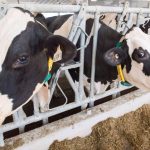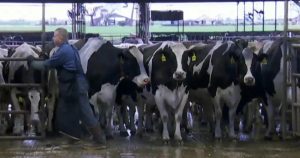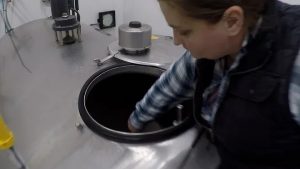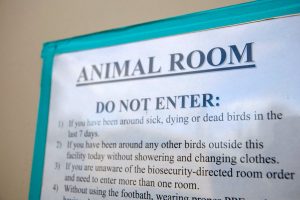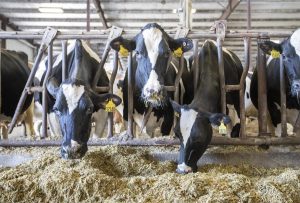
As I contemplate the rampant spread of bird flu through America’s cattle herd, I’m reminded of Norwegian playwright Henrik Ibsen’s An Enemy of the People. The lead character, Dr. Thomas Stockmann, is the medical officer for the local baths, what we might call a health spa. The baths are a significant new source of income for the city and its residents.
Stockmann discovers that the water coming into the baths is unsanitary and unsafe. He writes a piece for the local newspaper announcing the problem, but the town’s leaders (whom we discover later are heavily invested in the baths) stop publication of the piece and vilify Stockmann publicly, labeling him an “enemy of the people.”
The veterinarians who warned about the spread of bird flu in American cattle herds earlier this year are today feeling a lot like Thomas Stockmann. According to Vanity Fair magazine, “The vets who sounded the alarm have been silenced, some even fired, and won’t discuss their experiences on the record for fear of reprisals. And the federal agency that was supposed to help thwart the virus instead has allowed for an unspoken ‘don’t test, don’t tell’ policy among dairy farmers.”
The reason that this is such a big deal, of course, is that bird flu—which has killed millions upon millions of chickens around the world and led to the culling of millions more—has now adapted to mammals, mammals that humans regularly work with and that have now sickened those humans. The farmworkers who’ve contracted the bird flu appear to have gotten it from both dairy cattle and poultry. So far the cases have been mild, and there have been no hospitalizations.
The real threat is if the bird flu becomes transmissible human-to-human. Like COVID-19, the bird flu—technically referred to as avian influenza A(H5N1)—would mutate again and again in humans and spin out variants that could be much more dangerous than the version experienced by farmworkers so far.
So, why is so little being done to prevent this? Because tackling the spread of bird flu in cattle would be very, very bad for the meat and dairy industries and the farmers and ranchers who supply them. Widespread testing of animals would almost certainly lead to the discovery of many more cases which would be reported by the media and alarm the public—who, in turn, might buy less milk and beef. To eliminate the threat altogether, thousands, maybe millions of cattle might have to be sacrificed.
Those cattle might at some point be given a new vaccine which has begun field trials. Whether the vaccine will end the threat depends on how effective it turns out to be in real-world situations and whether it is even allowed on the market before the situation becomes uncontrollable (if it hasn’t already).
The bungling, amoral response of U.S. authorities to bird flu in cattle is just the latest chapter in the spread of bird flu worldwide. The former director of the U.S. Centers for Disease Control and Prevention, Robert Redfield, believes it is only a matter of time before the bird flu adapts itself to humans. If the virus becomes communicable between humans, Redfield believes mortality rates could hit 20 to 25 percent.
Compare that to COVID-19 which has been around 1 percent in the United States for those who contracted the virus. (It’s worth noting that South Korea’s rate has been around 0.1 percent, demonstrating that strict public health measures can make a big difference.) Scientists note that the current version of the bird flu does not appear to be nearly as dangerous to humans as previous versions that led to a 50 percent mortality rate among those who caught it. The 27 cases in the United States so far in 2024 have not been severe with only one hospitalization and all patients recovering.
No one knows for certain what an bird flu pandemic in humans will look like. But the failure to do much to contain it in American cattle could be the match that lights the fuse to the next human pandemic.
You can now read the most important #news on #eDairyNews #Whatsapp channels!!!
🇺🇸 eDairy News INGLÊS: https://whatsapp.com/channel/0029VaKsjzGDTkJyIN6hcP1K

